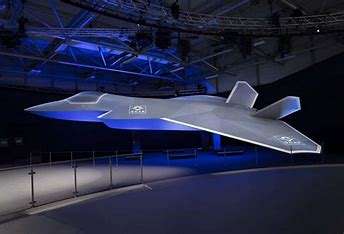In a major boost to India’s indigenous defence capabilities, the Honourable Defence Minister, Shri Rajnath Singh, has approved the “Execution Model” for the country’s much-anticipated Advanced Medium Combat Aircraft (AMCA) programme. The green signal marks a pivotal step in India’s pursuit of self-reliance in defence manufacturing under the Atmanirbhar Bharat initiative.
The AMCA programme, which envisions the development of a fifth-generation stealth fighter jet, is being jointly undertaken by the Defence Research and Development Organisation (DRDO), Hindustan Aeronautics Limited (HAL), and select private industry partners. The newly approved model lays out the project’s structural, financial, and operational framework, aiming for streamlined collaboration and swift execution.
Structured Pathway to Indigenous Air Dominance
The Execution Model defines a phased approach to developing the AMCA, with the first stage focusing on prototype creation and rigorous flight testing. Officials estimate the rollout of the first prototype within the next three years. A Special Purpose Vehicle (SPV) will be established to coordinate efforts across stakeholders and facilitate greater private sector involvement in high-end defence manufacturing.
Defence Minister Rajnath Singh, while addressing the high-level approval committee, remarked:
“India’s security demands an indigenously designed and developed fifth-generation fighter aircraft. The AMCA programme, with this robust execution framework, will place our nation among elite aerospace powers.”
Advanced Capabilities on the Horizon
Designed to be a stealthy, multi-role combat platform, the AMCA will feature:
- Twin engines for high-thrust performance
- Stealth technology for radar evasion
- AI-integrated avionics and supercruise ability
- Internal weapons bays and advanced sensors
- Conformal fuel tanks to extend operational range
This platform is poised to rival the F-35 Lightning II and China’s J-20 in capability, positioning India strategically in an increasingly contested Indo-Pacific airspace.
Strategic, Economic and Industrial Impact
Experts view the move as timely, given the ongoing geopolitical shifts in Asia. The execution framework includes opportunities for MSMEs and startups, potentially generating thousands of skilled jobs and technological spin-offs.
The Indian Air Force is expected to induct the AMCA in significant numbers by the early 2030s, with potential for exports to friendly nations once operational clearance is achieved. The model also proposes integration with future unmanned aerial systems and indigenous engine development projects.
Conclusion: India Charts New Skies
The approval of the Execution Model marks the formal beginning of India’s most ambitious fighter aircraft programme to date. With political backing, industrial synergy, and technological vision, the AMCA initiative now moves from blueprint to build phase. If realised on schedule, it will not only replace ageing combat platforms but serve as a shining emblem of Indian aerospace engineering and strategic autonomy.



